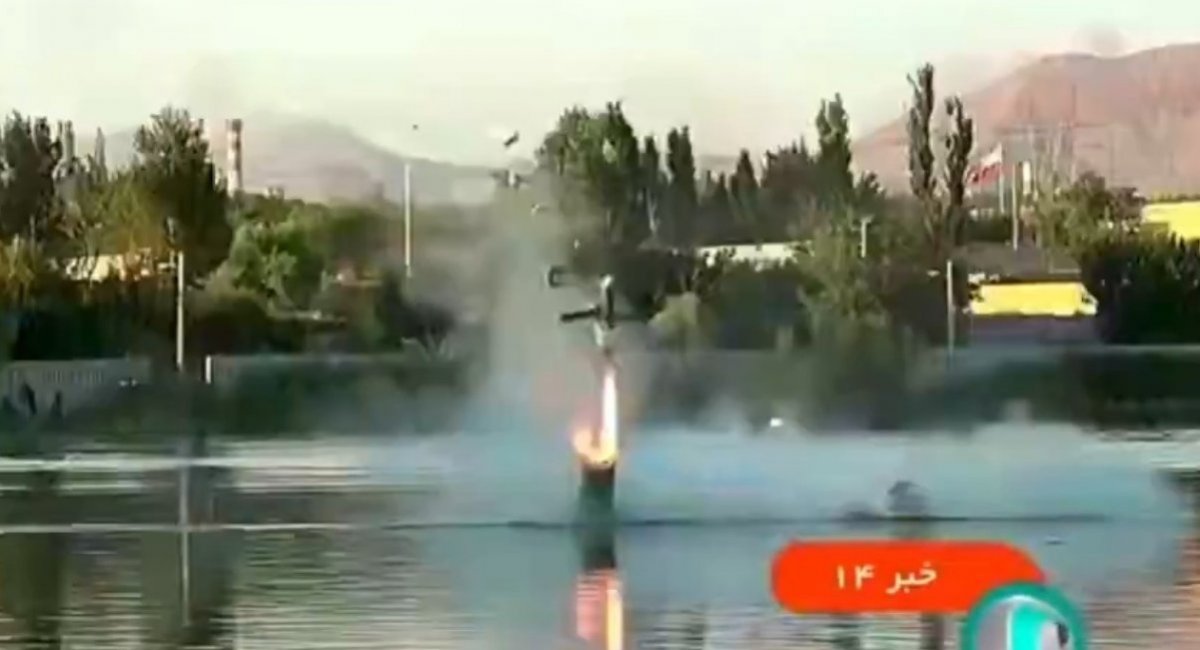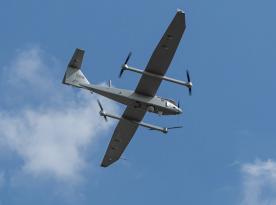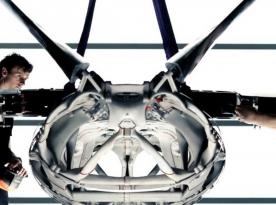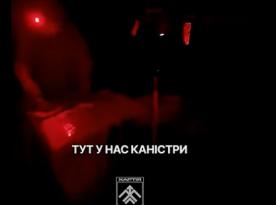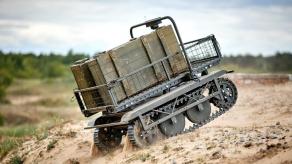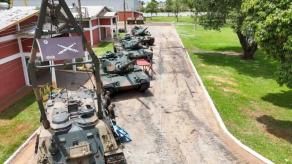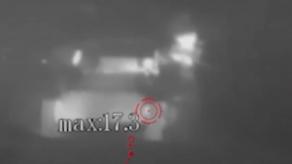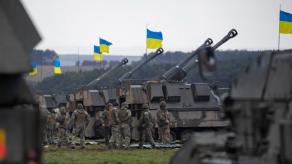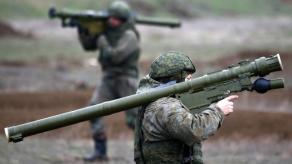Yesterday, iran demonstrated its new kamikaze drone with an underwater launch. The weapon is supposed to be launched from a submarine or even from an unmanned submarine.
The product with yet undisclosed name is configured based on the existing Rezvan loitering munition. When the original model was presented earlier, it was launched from a container with folding wings, making it a good candidate for adapting into an underwater launch drone we see this time around.
Read more: Iran Confirms Purchase of russian Su-35 Fighter Jets
Iran unveils underwater-launched suicide drone. pic.twitter.com/QvxNjYJKSV — Clash Report (@clashreport) February 12, 2025
According to the declared characteristics of the original Rezvan, it can operate at distances of up to 20 km for 20 minutes. The type and weight of the warhead are not disclosed but based on the video it seems to have a powerful high-explosive fragmentation warhead; the possibility of an alternative variant with an anti-armor shaped charge warhead shouldn't be ruled out, either.
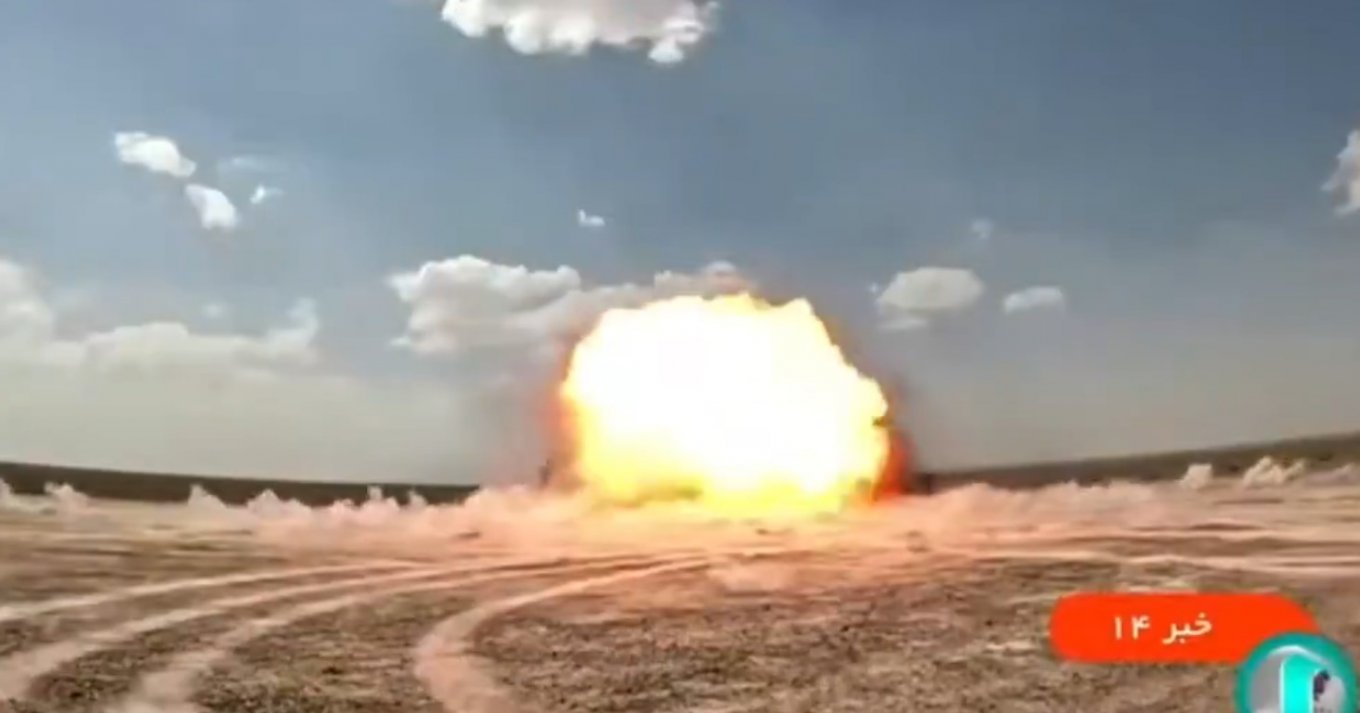
The launch vehicle is most probably a container 533 mm wide which is fired from a submarine torpedo tube. When the container surfaces, the front cover is thrown off to the side, and the drone itself flies out of the container using a solid-fuel booster.
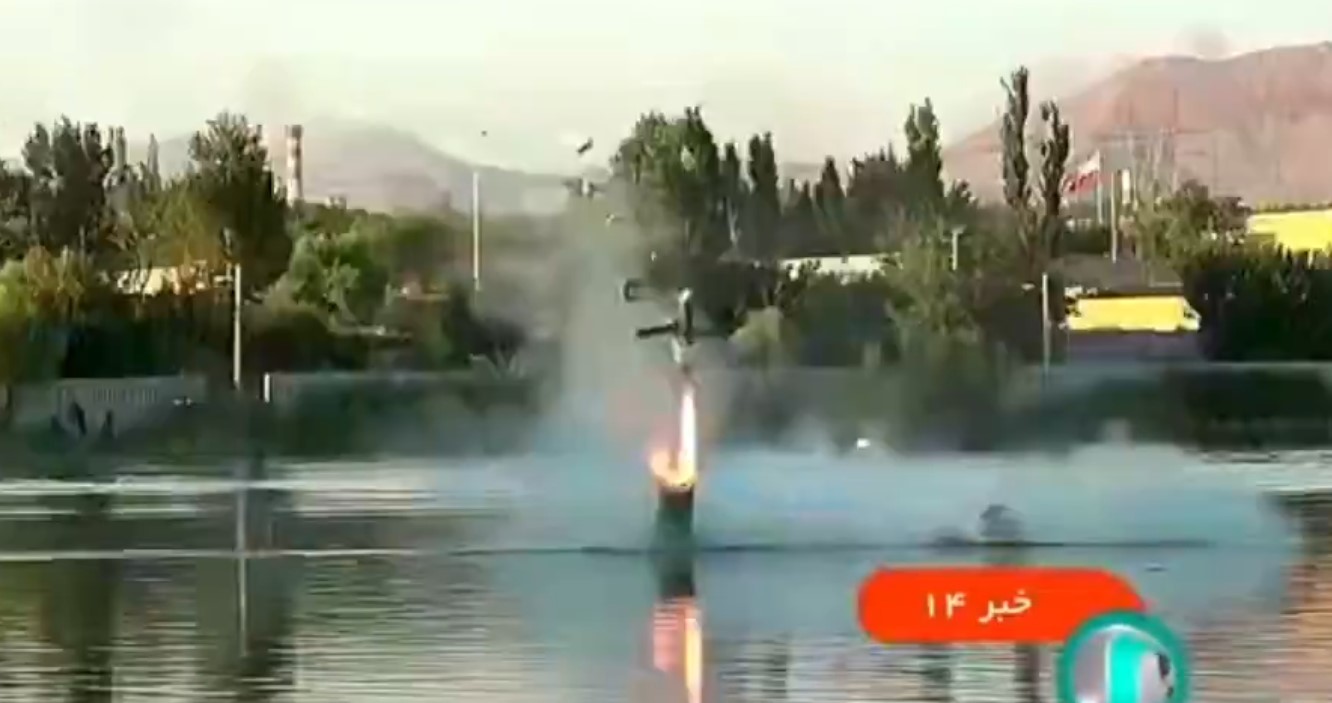
While the booster is working, the drone prepares for independent flight, by opening its wings and starting its own engine for further flight.
In general, this launch method is not new, it has already been tested in France and the USA, although instead of a loitering munition, they tried it with the MICA A3SM anti-aircraft missile and the UGM-84B Harpoon anti-ship missile.
At this point, an important question is how the drone's guidance works. Even if it operates thanks to the so-called "machine vision" technology or similar, it could be completely autonomous or partially. If the former, then how it selects the target. Does it communicate with the operator and in which way? In other words, all the problems that accompany the German IDAS submarine missile project which by the time it's finished in 2029 will have take 30 years of development.
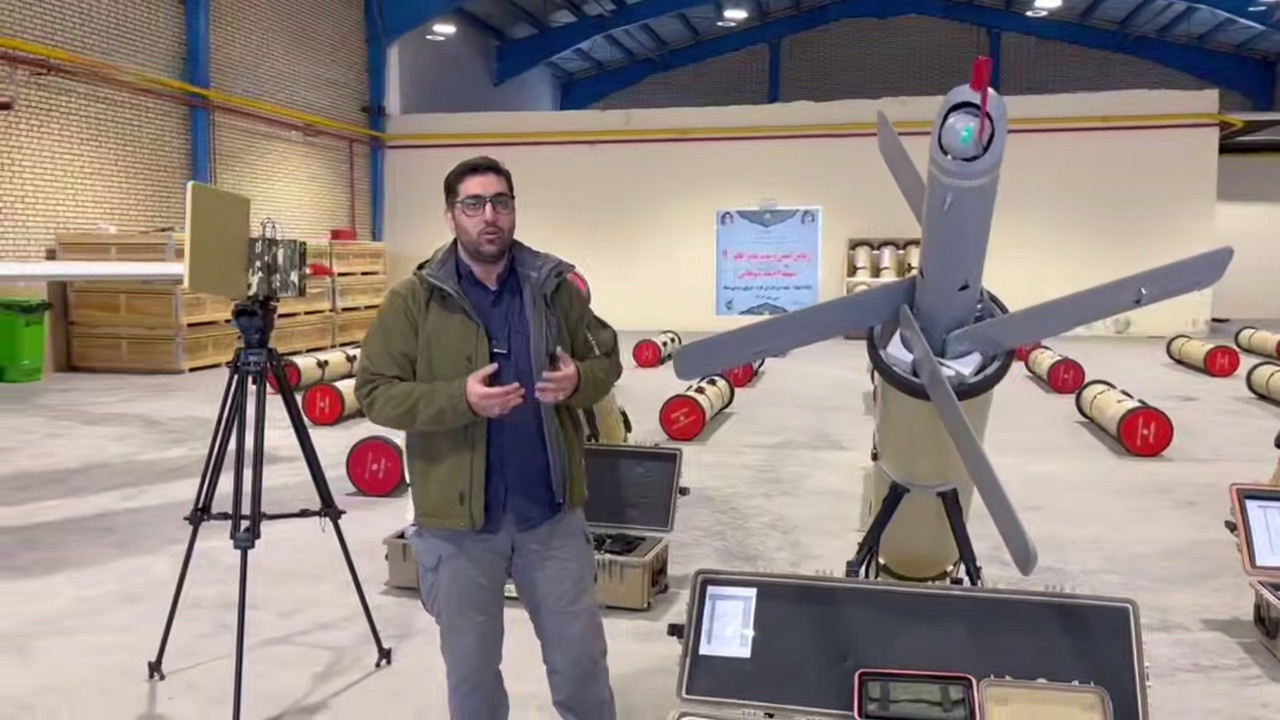
A radio channel is required to control the Rezvan drone, so let's imagine that the new underwater launch drone also needs radio control. This means the antenna must be erected above the waves. To achieve this, the submarine must either have the antenna on the wheelhouse and ascend to periscope depth for the launch, or release a buoy with an antenna. However, in adverse weather, these solutions will either be ineffective or will not work at all. Therefore, the drone's usage conditions remain very situational.
Read more: That Time russia Wanted Own IDAS Missile Analog For Submarines, and How the Project Ended




